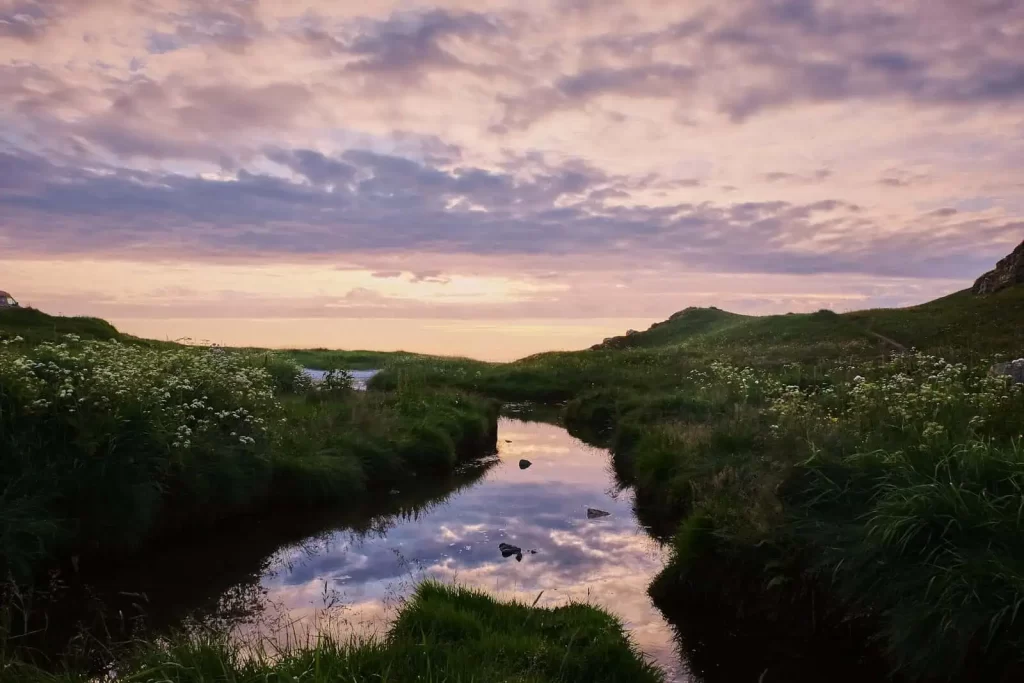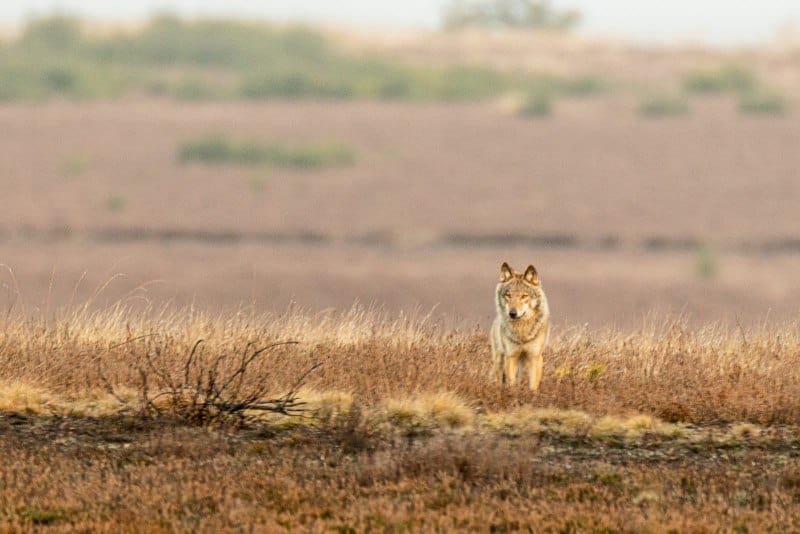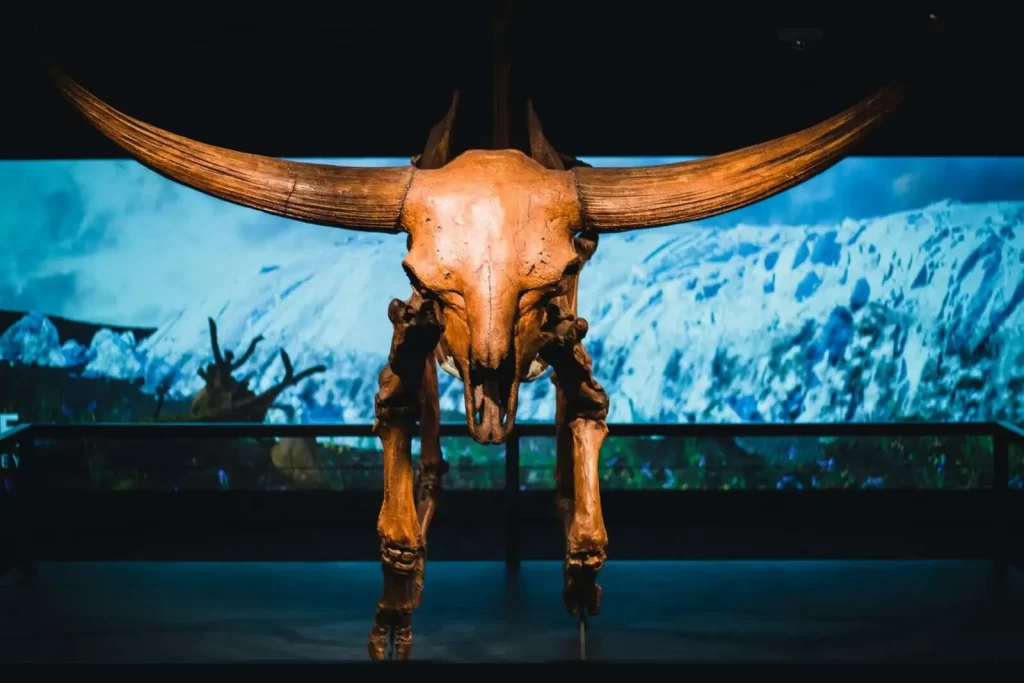Share:
Managing overpopulation, starvation and mass die-offs in the absence of natural predators
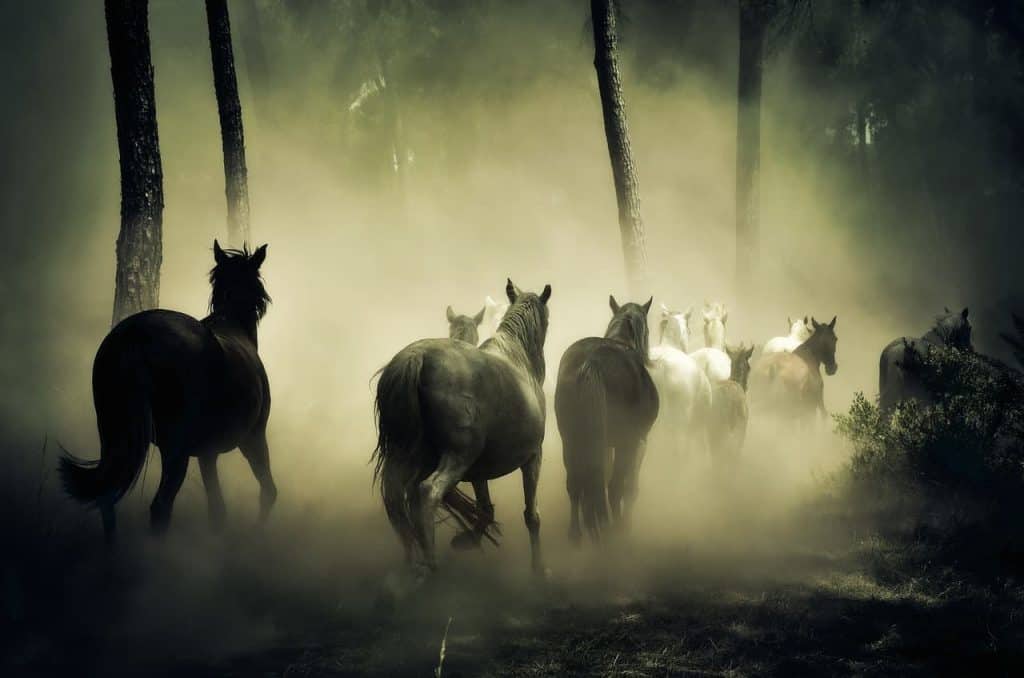
Sustainable management of feral horses and burros has become a complicated and often controversial issue in the state of Nevada in the United States. As an iconic image of the American West, many people perceive these animals as a natural component of the environment, failing to recognise the damage they cause to native ecosystems.
Native wildlife face challenges finding resources in places overrun by excess feral animals. In this new short film, Wildlife Society offers a look into the problems for native wildlife when feral horse and burro populations exceed ecologically sustainable levels.
The film follows ecologist Charles Post on a mission across the American West to better understand how these horses and burros are affecting native wildlife and vegetation communities.
Feral horses and burros are non-native species in North America and can damage wildlife habitats when their populations exceed ecologically sustainable levels. The Bureau of Land Management and the U.S. Forest Service are tasked with managing wild horses and burros in designated areas to sustain a “thriving natural ecological balance,” but there are currently more than 3-times the target population of feral horses and burros on public lands.
Faced with heightened public concern – and a complex network of legal directives – agency professionals charged with managing expanding feral horse and burro populations have relatively few options to control the resulting overpopulation.
Oostvaardersplassen
A similarity with the Oostvaardersplassen Reserve in the Netherlands: in the absence of natural predators, land managers need to look for other options to control the resulting large herbivore overpopulation, with cycles of peak densities and destruction of vegetation followed by starvation – leading to animal welfare concerns – and mass die-offs.

